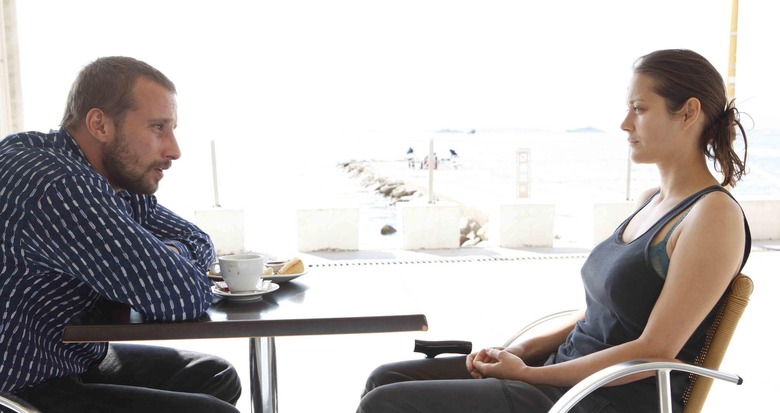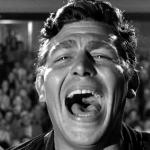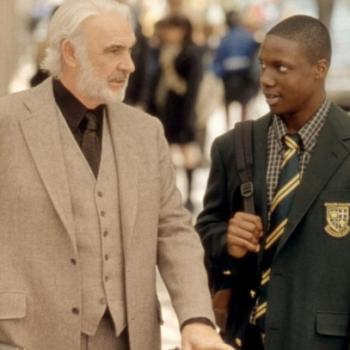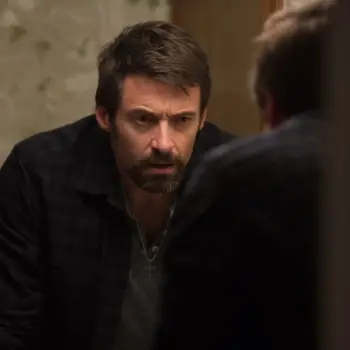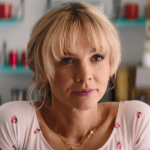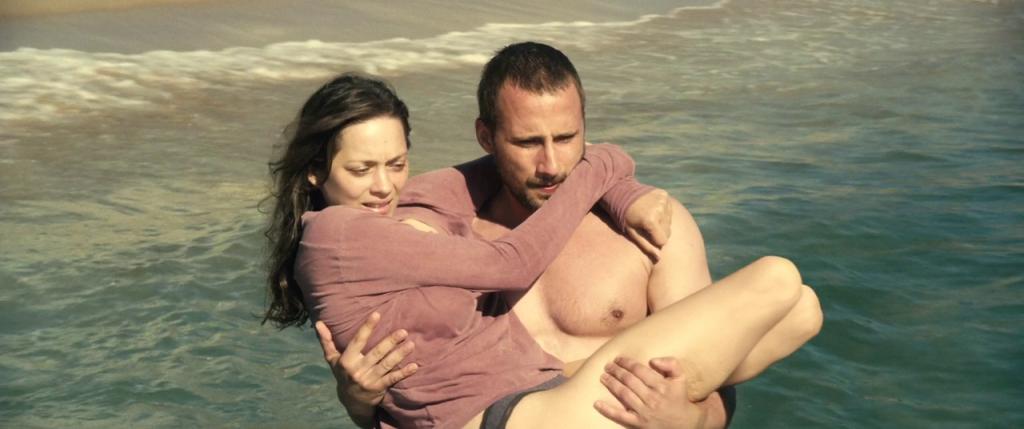
I enjoy a great many films, but there are a select few that have actually made me reflect on the artform itself. Today we’re going to talk about one such movie, Jacques Audiard’s 2012 film, “Rust and Bone.”
This French-Belgian production follows Stephanie and Alain, both of them broken individuals at the start of the film. Stephanie has recently endured an accident that necessitated the amputation of both of her legs. Alain is a drifter who can’t hold down a job, not even with a five-year-old son depending on him. It’s pure chance that they would ever come across one another to begin with, it’s pure chance that Stephanie would reach out to him again after her accident, and it’s pure chance that they should strike up a friendship.

A special sort of healing unfolds before our eyes as they both become one another’s biggest cheerleaders. Alain helps Stephanie see that she can still lead a meaningful life after her accident, Stephanie helps Alain find the courage to fight his battles–both literal and figurative, and together they help each other open up emotionally, the centerpiece of this film and this relationship being the scene in which Alain carries Stephanie into the ocean. (And yes, while we’re talking about the spiritual imagery in this film, let’s acknowledge the baptism metaphor so clearly on display.)
This isn’t a particularly sentimental film. The camera work and acting style feel very minimalistic, and, again, both of the main characters sort of define themselves by their emotional imperviousness. But it’s because of this stoicism that the smallest glimmer of tenderness or vulnerability feels nothing less than inspired.

What’s especially interesting is that neither of our leads are particularly sympathetic people. Alain especially. He has a difficult time keeping his commitments, which has impacted both his personal and professional life. Society doesn’t think much of men who are emotionally distant with their young son or men who can’t hold down a job. But one of the great things about film is that it allows us to look closer.
Film may be primarily a visual medium, but it opens the viewer’s eyes to things that can’t be seen. Good film can put you in a person’s shoes, help you see not just their actions, but also feel their spirit. For me at least, this is one of the biggest appeals about film as an artform, the thing that makes it divine, even Godlike.
1 Samuel 16 verse 7 reads “… for the Lord seeth not as man seeth; for man looketh on the outward appearance, but the Lord looketh on the heart.”
From mortal eyes, a man who is abrasive with his five-year-old kid might be seen as an ill parent: God sees a man so worn by mortal concerns that he doesn’t know how to care for someone who depends on him, but he also sees that this man can rise to the occasion. Even if the person tries to bury their heart, as both Stephanie and Alain try so desperately, God sees who they are.
This perspective is echoed in Alain and Stephanie as they see each other for their fullest capabilities, just as it’s echoed in us when we choose to see the best in others. Is there anything more Godlike?
